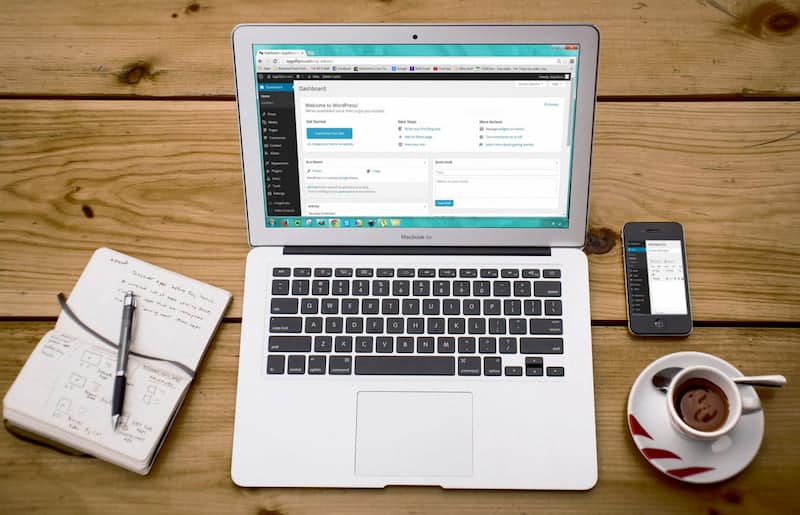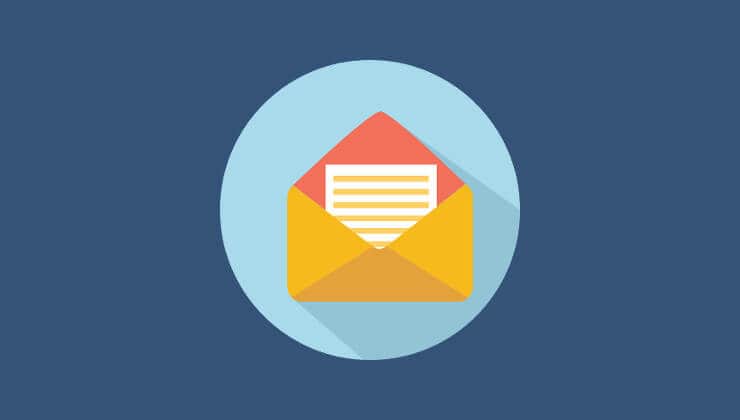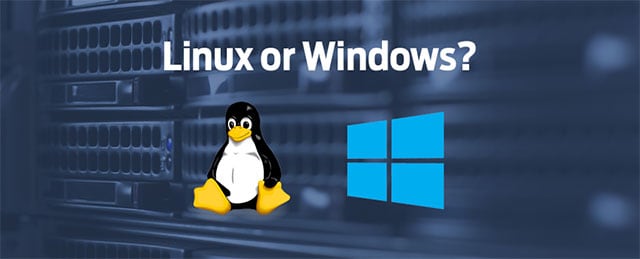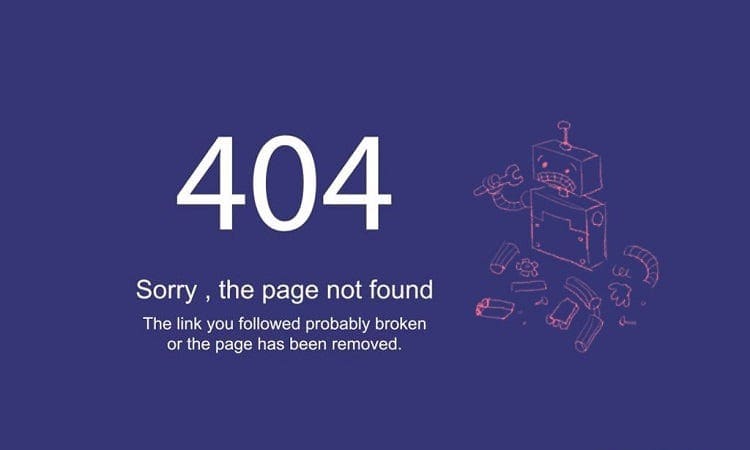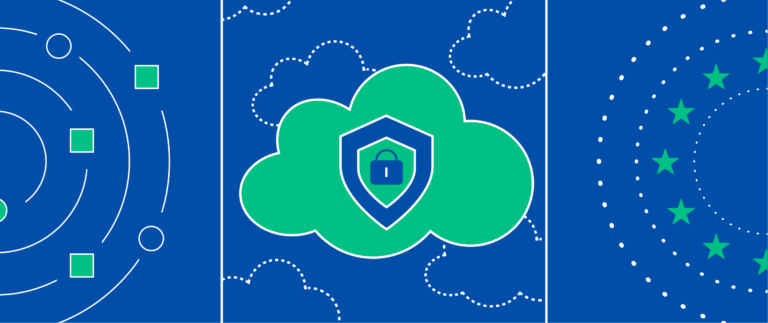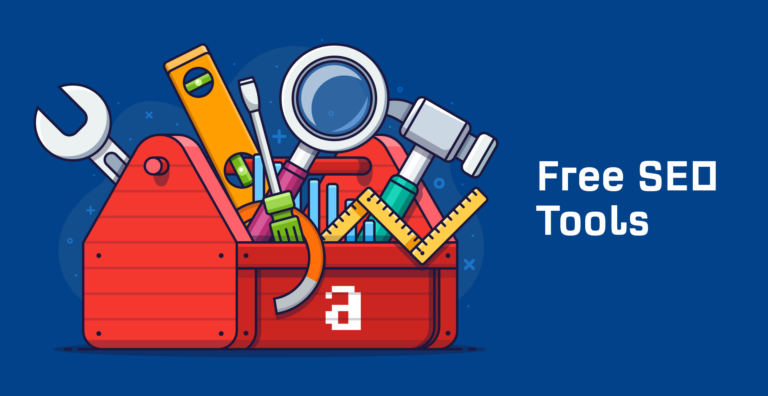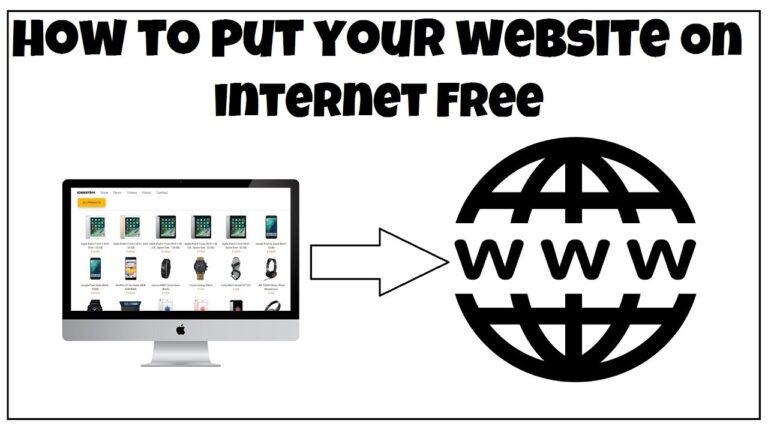The Basics of Python Programming: A Beginner’s Guide
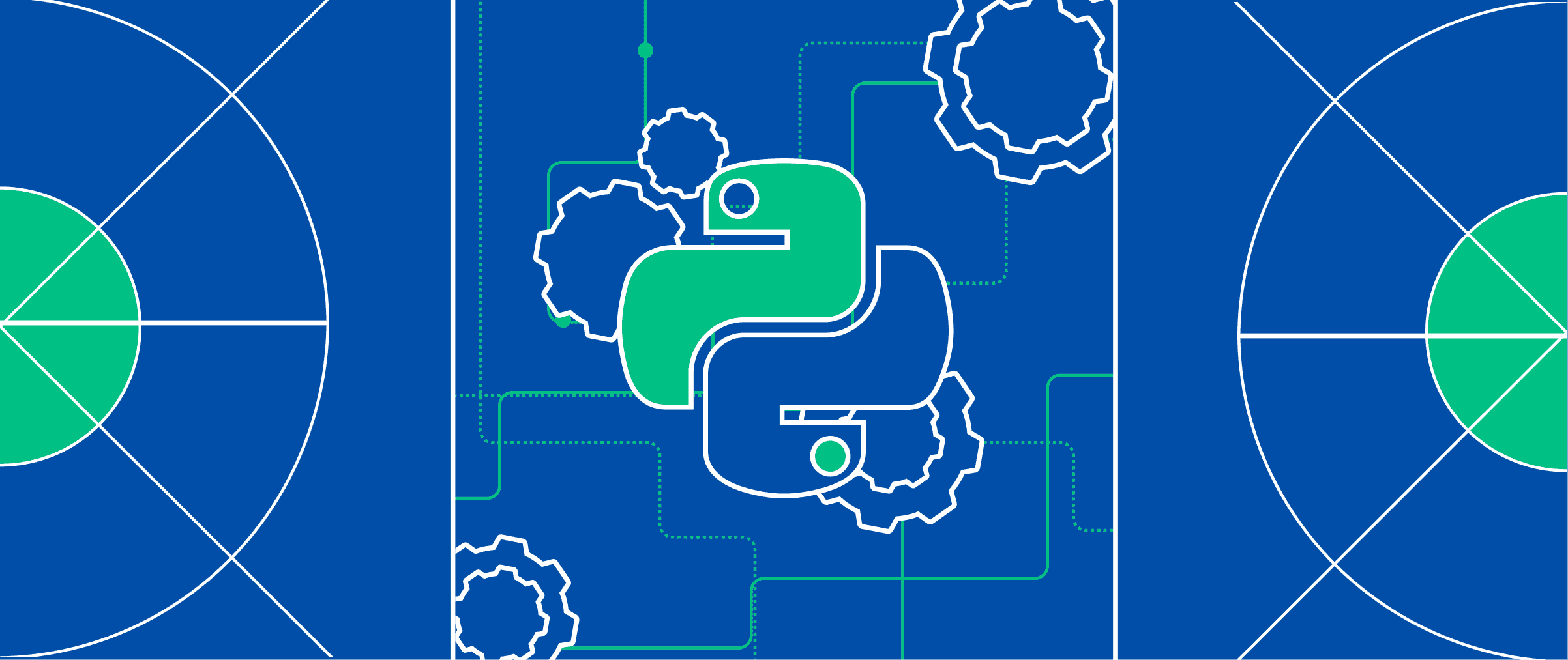
Python (or as it is called by Russian–speaking programmers “Python”) is a language developed by Guido van Rossum at the junction of the 80s and 90s of the XX century. Initially, Python was designed in such a way as to speed up and simplify the work of programmers, making it more efficient. This helped the language gain wide popularity and become very popular due to its convenience, simplicity and the active support of the developer community.
Despite its simplicity, Python continues to evolve and improve, remaining one of the most popular programming languages in the world. Its versatility makes the beginning of learning Python attractive for both beginners and experienced developers.
With the growing interest in artificial intelligence, data analysis, and machine learning, Python has taken an important place in future technologies. Its prospects remain very encouraging, and it is expected that it will continue to remain at the top of the list of popular programming languages in the future.
Where Python is used
Python is used in various fields and fields, but most often in the following:
- Web development — creating web applications and websites using frameworks (Django and Flask);
- Data analysis and scientific research — processing and visualization of information, as well as performing scientific calculations;
- Artificial intelligence and machine learning — development and implementation of machine learning and AI algorithms;
- Task Automation — Python provides convenient automation tools, which saves time and effort;
- Game Development — prototyping and development of game applications;
- Graphic design and image processing — automation of image processing and analysis tasks;
- Robotics is the programming of robots and automation of their control.
Differences between Python and other programming languages (YAP)
- Python is famous for its clear syntax. The language itself is clean and concise, which is why Python for beginners is easy to learn and use.
- Python has an active and supportive developer community providing it with extensive documentation, libraries, modules, and solutions for all kinds of tasks.
- This programming language is worked out line by line, simplifying debugging and development.
- Python supports various operating systems and platforms, which makes it a portable and flexible language.
- The language has a set of standard libraries, as well as many third-party libraries and modules, which makes it easier to perform various tasks without having to write code from scratch.
- Python provides dynamic typing, which means that variables can change their data type during program execution.
- Python is an open and free language, which allows you to use, modify and distribute it for free.
How to start learning Python
Starting Python programming involves learning its basic concepts and syntax. Get to know data types, variables, conditional statements, loops, and functions. Use interactive programming environments such as Jupyter Notebook or Python interactive mode (via the command line or the built-in interpreter). This will help you practice and observe the results immediately. Next, start studying examples and solving problems: immerse yourself in the code examples available in the Python documentation and online resources. Gradually move on to solving simple tasks in order to consolidate your knowledge and improve your understanding of the language.
Practice
Start writing your own programs and projects. Put the concepts you’ve learned into practice and develop your programming skills. Get to know the various Python libraries and frameworks for beginners, they will expand the functionality of the language and simplify your first development. For example, study libraries for data analysis (NumPy, Pandas), web development (Django, Flask), artificial intelligence (TensorFlow, PyTorch), etc.
Join the community!
Join a Python community such as forums, social media groups, or meetups. Communicating with experienced developers and sharing experiences can be very useful. Don’t be afraid to start with simple tasks and gradually move on to more complex ones. Practice and patience will help you master Python and become an experienced developer.
But, of course, to work with this language, you need to pre-prepare the platform and install Python on your computer. Follow the simple steps:
- Go to official Python website;
- Select the language version on the main page in the Downloads section. We recommend choosing the latest stable version, as it is the most up-to-date;
- Download the installation file for your operating system (Windows, macOS, Linux);
- Run the installation. You may need to allow installation on your computer by confirming administrative rights;
- Follow the instructions of the Python installer. The installation process is usually quite simple and does not require any special settings. By default, Python will be installed in the folder “Program Files” (Windows) or “/usr/local/bin” (macOS and Linux);
- After the installation is complete, open a command prompt (in Windows – “Command Prompt”, in macOS and Linux – “Terminal”) and enter the command “python –version” (without quotes). If Python is successfully installed, you will see the Python version that you selected during installation.
Now Python is successfully installed on your computer, and you are ready not only to learn the basics of Python programming, but also to program in this powerful and versatile language!
Free sites that tell about the basics of the Python language for beginners
- Python Programming
This material is ideal for beginners without programming experience who want to understand the basics of the Python programming language. The course consists of 28 lessons that explain in detail the basic concepts and elements of syntax, as well as string and numeric variables. The service provides 27 tests to test your knowledge. - Introduction to Python
This course provides theoretical information for learning python from scratch: syntax, collection types, functions, operators, and unicode. After each lecture, you will be able to test your knowledge with the help of tests. Each lesson is accompanied by a video and text base, which presents the main points of theory and code. This will help you better understand the material and put it into practice. - The Python programming language
This course is ideal for reading enthusiasts, as it contains extensive theoretical information in text format. The course covers various libraries and data formats, and most importantly, how to use Python to create programs in various subject areas. - Python.swaroopch.com
The e–book is called “Python Bite” – this is one of the most famous python tutorials for beginners from scratch. It is free to download, and it is perfect for beginners. The book presents principles, basic concepts, basic syntax and programming instructions – here you will find everything you need to start your journey into the world of Python.
Useful materials about Python from Serverspace
Be sure to check out our articles on the topics “The first Python program” and “Introduction to Machine Learning: how to get started and what you need to know”, as well as with the Python section in our Knowledge Base.
Learning Python – an exciting journey! We hope that our material will help you gradually master this universal programming language and forget about the “python where to start” query.
